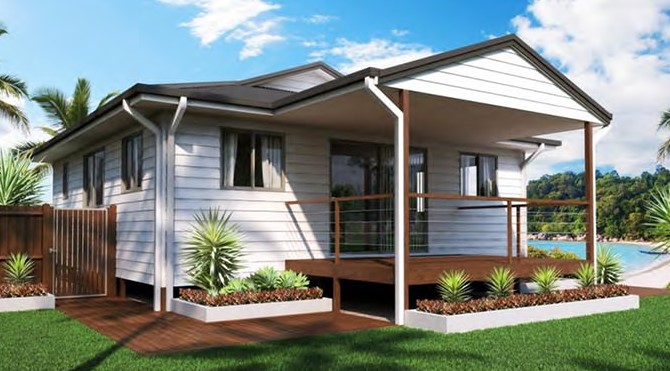Granny Flat Pricing in Australia: Understanding the Cost and Benefits
Granny flats, also known as secondary dwellings, have become a popular housing option in Australia, particularly for families who need additional living space or for those who want to provide a home for their aging parents or adult children. Veteran builders Granny Flats Solutions say that with the growing demand for granny flats, it’s important to understand the pricing and what factors influence the cost. In this blog, we’ll take a closer look at granny flat pricing in Australia and explore the benefits of this housing option.

Definition:
A granny flat is a secondary dwelling that is built on the same property as a main residence. These dwellings typically include a bedroom, bathroom, and living area, and can range in size from a small studio to a two-bedroom home. Granny flats are designed to provide additional living space and are often used as a place for aging parents, adult children, or renters.
Furthermore, portable dongas are usually reloadable buildings used in industries such as mining, construction, and remote work sites. Transportable and easy to set up, these structures can be moved to different locations as needed. Also, workers in remote or temporary locations are provided with temporary accommodation, offices, or other functional spaces. Depending on their intended use, portable dongas are equipped with the necessary amenities and may vary in size and features.
Factors that Influence Granny Flat Pricing:
The cost of a granny flat can vary depending on a number of factors, including location, size, materials, and design. Location is a key factor in determining the cost of a granny flat, as building costs can vary significantly between states and regions. For example, building a granny flat in Sydney is generally more expensive than building one in a regional area.
The size of the granny flat is also a factor in determining the cost, with larger units costing more to build. The materials used to build the granny flat can also have a significant impact on the cost. For example, using high-end materials, such as stone or premium timber, will increase the cost, while using more basic materials, such as concrete and steel, will reduce the cost.
The design of the granny flat is also an important factor in determining the cost, with more complex designs costing more to build. Features such as high ceilings, skylights, and balconies can add to the cost, while simple designs with fewer features will cost less.
Granny Flat Pricing in Australia:
The cost of a granny flat in Australia can range from $50,000 to $200,000, with the average cost being around $100,000. This cost includes the cost of construction, materials, and any required approvals and permits. The cost of a granny flat can also vary depending on the type of construction, with prefabricated or modular units typically costing less than traditional, on-site construction.
Benefits of Granny Flats:
Granny flats offer a number of benefits, including:
-
Additional Living Space: Granny flats provide additional living space for families, allowing for greater privacy and comfort for both the main residents and the residents of the granny flat.
-
Increased Property Value: Granny flats can increase the value of a property, making it more attractive to potential buyers.
-
Rental Income: Granny flats can provide rental income, making them a valuable investment for homeowners.
-
Affordability: Granny flats are often more affordable than traditional homes, making them a great option for families who need additional living space but don’t want to pay the high costs of a traditional home.
-
Flexibility: Granny flats can be used for a variety of purposes, including as a place for aging parents or adult children, as a home for renters, or as a place for guests.






